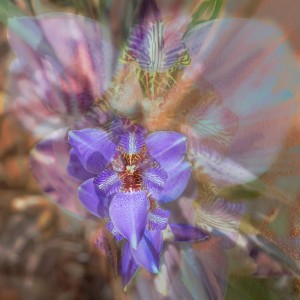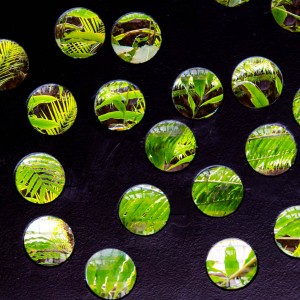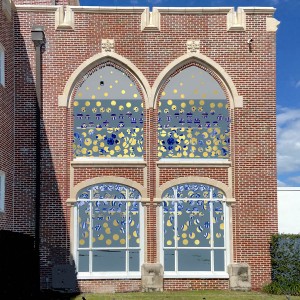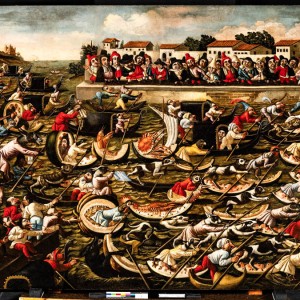The Ming Dynasty at the Ringling Museum
Arts & Culture
SRQ DAILY FRIDAY WEEKEND EDITION
FRIDAY OCT 9, 2015 |
BY PHILIP LEDERER
The Ringling Museum of Art today reveals a stunning collection of priceless art from the Asian continent with Royal Taste: The Art of Princely Courts in Fifteenth-Century China, an exhibition created in conjunction with the Hubei Provincial Museum in China. Featuring more than 140 cultural artifacts and national treasures on loan, in addition to 12 porcelain pieces from the Ringling’s Wall-Apelt Collection, and displayed across three galleries in the museum’s Searing Wing, audiences are afforded a glimpse into the palatial everyday lives of Ming royalty, as well as accompanying burial artifacts and religious objects from the Daoist temples of Mount Wudang.
“The Ringling Museum is dedicated to promoting the art of the world,” said Dr. Fan Zhang, associate curator of Asian art at The Ringling and one of many museum officials who travelled to China in the past year working with Hubei Provincial Museum officials to create Royal Taste. “These fantastic works present a rare opportunity to experience the incredible richness and character of material culture in the Ming Dynasty.”
One room of the exhibit stands dedicated to artifacts recovered from the tomb of Prince Zhuang of Liang, the discovery of which has been heralded as one of the greatest discoveries in Ming archaeology in the last 50 years. Dying heirless in the 15th century, Zhuang was thus opulently interred, surrounded by golden bangles, bracelets and brooches, ivory carved figurines and a standout 14-piece hairpin set fitted with precious gems, each representative of the highest quality craftsmanship of the time.
Crossing the threshold into the neighboring space, visitors get a taste of the ubiquitous sophistication of the time, with one wall dominated by a series of intricately painted hanging scrolls, the largest in the Hubei Museum’s collection. Depicting quiet, pastoral scenes, with hard-working fishermen dotted across flowing streams under the watch of mist-shrouded mountains, the pleasant visage offers insight as well as beauty. Exquisite porcelain-ware and silk robes hint at the colorful decadence of courtly life, but Zhang gravitates toward the great round stone carving at the far end of the room, its dragon mouth bared to the audience. The centerpiece for a standing screen wall, it would provide privacy and was believed to ward off demons.
The final room explores the religious customs of the time, and it’s here Zhang has placed many of the cast statues and artifacts from the Daoist temples in Mount Wudang. The robed Dragon King, deity of rain and water, roars from his pedestal, an elaborate cast capturing every scale and fold, perched next to two celestial deities, such as the thunder god standing poised, mid-cry, ready to shake the heavens.
“Through this exhibition, the audience will get a basic understanding of palatial life and the rich religious practices of Ming princes,” said Zhang. “We are glad to have Hubei as a partner and I hope this will be the start of a series of collaborations between Ringling and museums in Asia.”
Royal Taste: The Art of Princely Courts in Fifteenth-Century China opens today at The Ringling Museum of Art and runs until Jan. 10.
« View The Friday Oct 9, 2015 SRQ Daily Edition
« Back To SRQ Daily Archive










